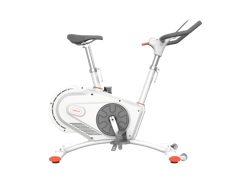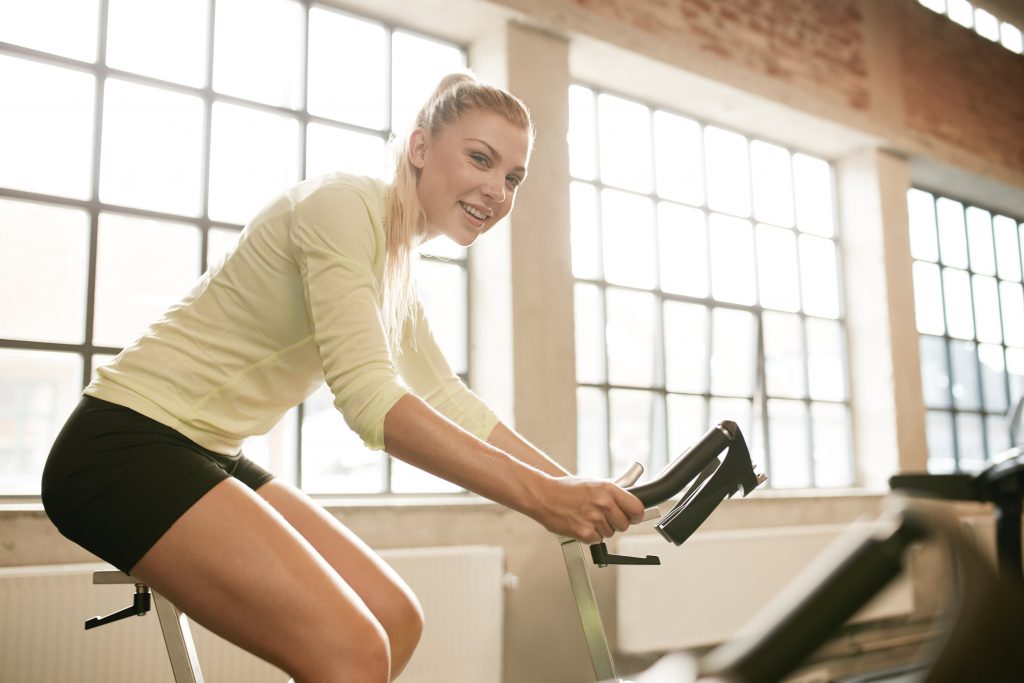Diet Plan After Training

Both proper diet and exercise are vital in sustaining health. If the two complement each other perfectly, it brings considerable benefits to health. On the other hand, an inappropriate diet coming after exercise will do harm. Subsequent to training, we often feel starving as we have consumed a lot of energy. Some of us tend to grab something to eat immediately. However, the post-training diet should be well scheduled, that is, sixty minutes after we have stopped exercising so that our body is able to rest before taking any food.

What to eat after exercise is important too. Some may think that as they have consumed a great amount of energy, it is necessary to supplement in time. Eventually, they include a lot of meat into their diet list. The fact is that, following exercise, there is no need to rush into supplements like this. Instead, eating some digestible food is more beneficial to the body.
Though our body is in need of a high intake after finishing exercise, we can neither satisfy that impulse recklessly nor ignore it. Also, eating too much increases the burden on the stomach. Given that the blood runs all over our body during exercise, our stomach is not prepared for dealing with that much intake.
It would be great to drink some water or have some fruit and vegetables half an hour after exercise to keep our throat hydrated as it may be dry and the body is dehydrated at the moment. Just because of this, taking dry food may hurt our throat. Physical fitness experts recommend that no acid foods such as meat and fish be taken after doing exercise. Foods like these tend to cause our blood acidic, which does no good to relieve fatigue and on the contrary, throws our body into unpleasant soreness and swelling.
If you do exercise quite regularly, you can have some foods that supplement microelements. Only by keeping your body sufficiently energized can you avoid a starving feeling. Having physical training with specific goals in mind is especially important.
Of course, make sure you will not start your training with an empty stomach. Have no idea what to eat, find out here: WHAT TO EAT BEFORE TRAINING.











